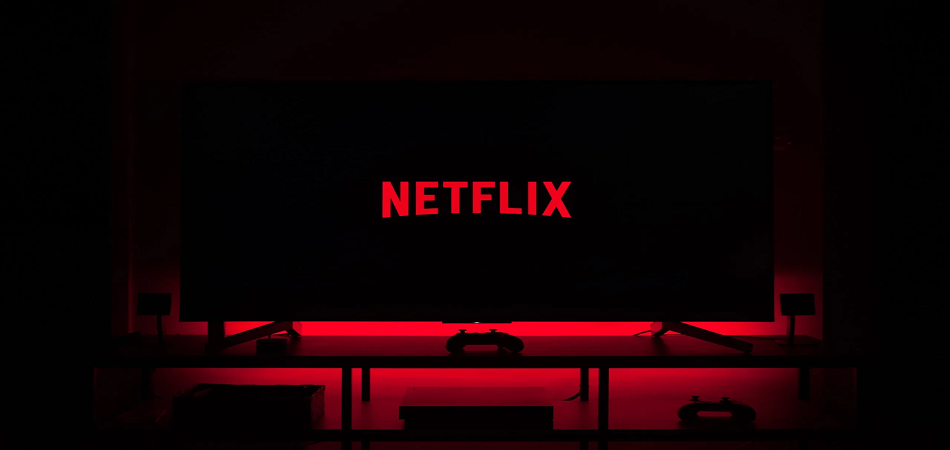Netflix is venturing deeper into mobile-focused content, testing a new vertical video feed and exploring podcasts as part of its broader effort to meet audiences where they are.
The company’s Chief Technology Officer, Elizabeth Stone, revealed the plan during her appearance at the TechCrunch Disrupt 2025 conference on Tuesday, saying the streaming giant is experimenting with new formats to capture attention in moments when users want shorter, more casual entertainment experiences.
Stone explained that while Netflix has no intention of competing directly with short-form video platforms like TikTok or similar apps offering mini-dramas, it recognizes the growing demand for what she called “snackable” content.
“There are times when consumers are looking for something Netflix offers — a TV show, movie, or game — but there are other times they want something more snackable,” she said. “In these moments, Netflix needs to be able to offer a broader variety of content.”
The company is currently testing a vertical video feed on mobile devices that allows users to scroll through short clips from its original titles. The feature, which began testing earlier this year, aims to spark user interest in full-length shows or films by surfacing visually engaging excerpts.
“We’re testing a vertical video feed on mobile devices that starts to reimagine what mobile is, and kind of meets consumers where they are now and how they’re using mobile today,” Stone said.
However, Stone suggested the feed could evolve into a much broader content experience, extending beyond promotional clips. She highlighted Moments, Netflix’s existing feature that enables users to clip and share their favorite scenes from shows or movies, hinting that this capability could tie into the new vertical format.
“We’ve been innovating on Moments, which allows kind of a social connection to some of the content by allowing a member to take a clip and share it with their networks,” she explained. “It’s a type of short-form experience.”
While she did not confirm specific integrations, Stone noted that Netflix is exploring “different types of content” that could populate the vertical feed and “different ways to clip and share content.” Still, she emphasized that Netflix’s strategy would remain distinct from that of social video competitors.
“Netflix is not intending to copy or chase exactly what a TikTok or others are doing,” she said. “We think there’s a certain type of entertainment — or moment of truth — that’s especially valuable to our members, and we really want to be focused there, versus trying to be all things at every moment.”
Stone also revealed that podcasts are becoming another key part of Netflix’s content experimentation. Following a recent partnership with Spotify, Netflix plans to host and distribute podcasts on its platform.
“We’ll use some of these new canvases we have, like vertical video, to start to experiment with new content types — and that includes something we announced more recently, which is podcasts,” she said.
According to Stone, some podcasts will be co-exclusive between Netflix and Spotify, with availability across mobile and TV platforms.
These new ventures come as Netflix continues to expand its definition of entertainment beyond movies and TV shows. The company has already added games and live programming, and now, it is looking to short-form and audio formats as the next frontier in its evolution.
Stone said the rollout of these experiments will occur “over the next few quarters and throughout 2026,” suggesting that the company is moving cautiously but deliberately toward a more diverse content ecosystem.
Analysts view the move as an attempt by Netflix to increase engagement on mobile devices, particularly among younger audiences accustomed to quick, vertical video formats. Yet the company appears keen to strike a balance between innovation and its core strength — delivering compelling, story-driven entertainment.








